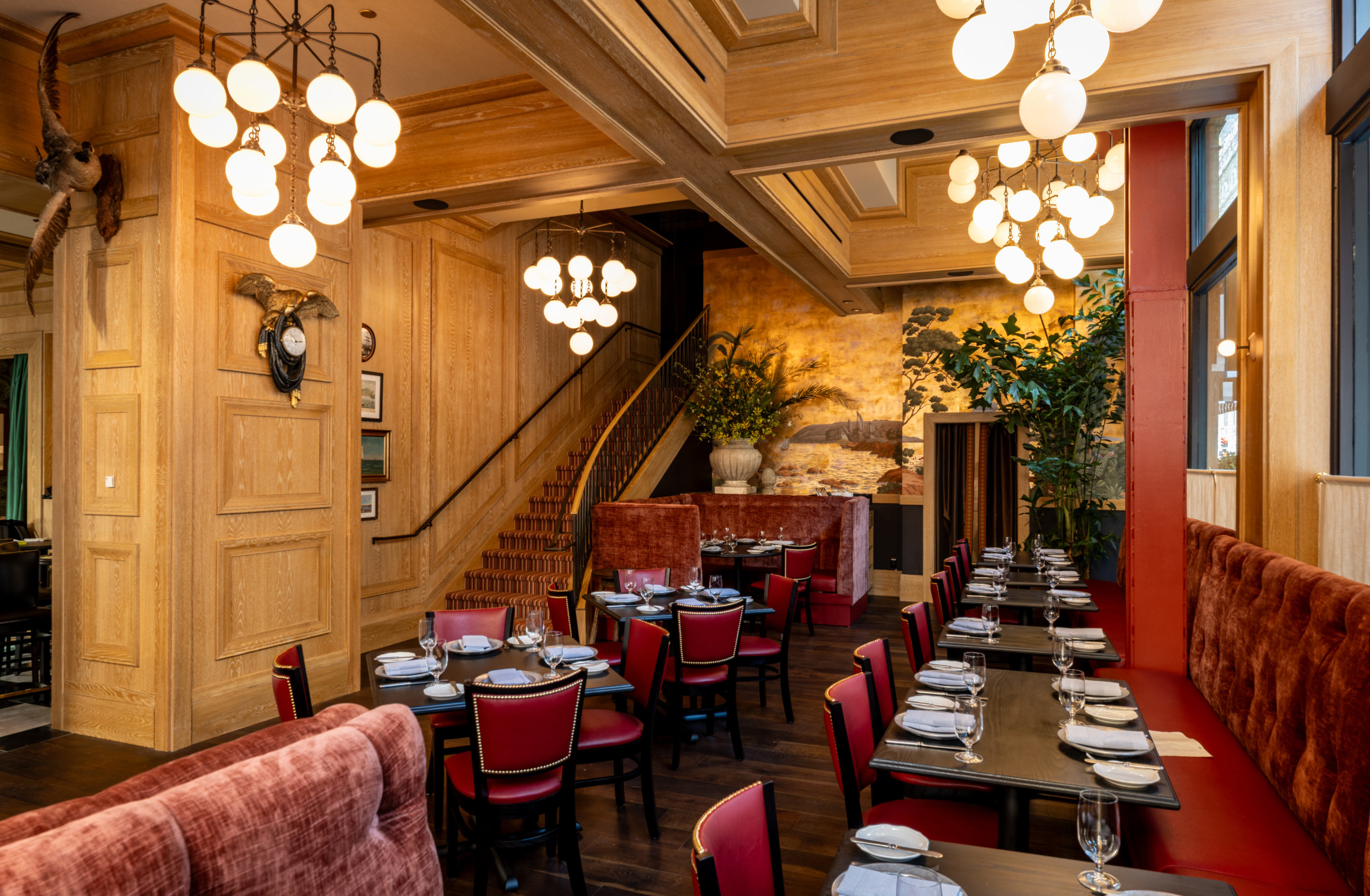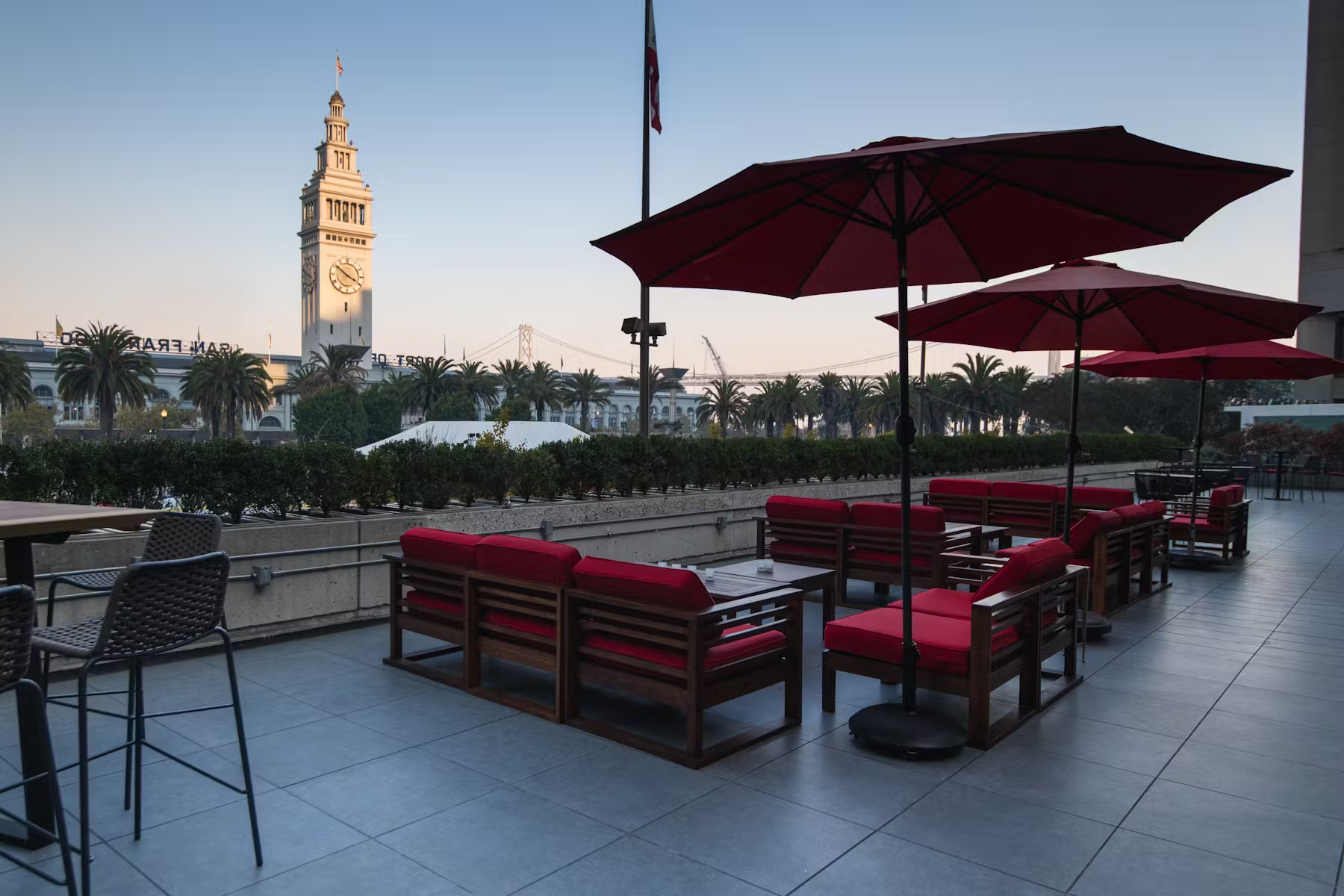
Empty tables during peak hours aren't just frustrating—they're profit killers. When guests don't show up for their reservations, restaurants lose revenue that can't be recovered, especially during busy weekend services. The good news? A strategic SMS confirmation sequence can dramatically reduce no-shows, with data showing a 27.45% drop in missed reservations when automated reminders are properly implemented.
For restaurant operators juggling phone calls, walk-ins, and kitchen coordination, managing reservation confirmations manually is nearly impossible. That's where AI-powered solutions like Hostie come in, offering automated SMS workflows that keep tables filled and revenue flowing. (Hostie AI)
This comprehensive guide breaks down exactly how multi-touch SMS sequences work, provides step-by-step templates you can implement today, and shows how Hostie AI's built-in cadence editor makes the entire process seamless for busy restaurant teams.
No-shows represent one of the restaurant industry's most persistent challenges. Research indicates that 20% of diners in major cities don't show up for their reservations, causing significant loss of revenue for restaurants. (NowBookIt) This isn't just a minor inconvenience—it's a substantial financial hit that compounds during peak dining periods.
Consider a 50-seat restaurant with an average check of $75 per person. If 20% of Saturday night reservations result in no-shows, that's potentially $750 in lost revenue for just one evening. Multiply that across a month, and you're looking at thousands of dollars in missed opportunities.
The root of many no-show problems lies in communication gaps. More than two-thirds (69%) of Americans say they're likely to give up on going to a restaurant if no one answers the phone. (Hostie AI) This creates a vicious cycle where potential guests can't reach restaurants to confirm or modify reservations, leading to higher no-show rates.
Traditional phone-based confirmation systems simply don't scale during busy periods. When your team is focused on delivering exceptional service to in-house guests, managing outbound confirmation calls becomes nearly impossible. This is where automated SMS sequences prove invaluable.
Effective SMS confirmation sequences use multiple touchpoints to maximize guest engagement and reduce no-shows. The most successful restaurants implement a three-stage approach:
This multi-touch strategy acknowledges that guests check their phones at different times and may need multiple reminders to take action. Research shows that automated reminders, such as SMS or email, can help reduce no-shows by reminding diners of their bookings, with personalized messages proving most effective. (NowBookIt)
SMS messages have a 98% open rate compared to email's 20% average, making them incredibly effective for time-sensitive communications. Unlike phone calls that require immediate attention, text messages allow guests to respond at their convenience while still creating a sense of urgency.
The key is crafting messages that feel personal and helpful rather than pushy. Successful SMS sequences focus on confirming attendance, offering easy modification options, and providing value-added information like parking details or menu highlights.
Restaurants implementing comprehensive SMS confirmation sequences report an average 27.45% reduction in no-show rates. This improvement stems from several factors:
| Method | No-Show Rate | Staff Time Required | Guest Satisfaction |
|---|---|---|---|
| No Confirmation | 20-25% | 0 hours | Low (confusion, missed reservations) |
| Manual Phone Calls | 15-18% | 2-3 hours daily | Medium (intrusive, timing issues) |
| Automated SMS Sequence | 12-15% | 15 minutes setup | High (convenient, informative) |
The data clearly shows that automated SMS sequences deliver the best combination of reduced no-shows, minimal staff time investment, and positive guest experience.
Hostie AI's platform includes a sophisticated cadence editor that allows restaurants to create, customize, and deploy SMS confirmation sequences without technical expertise. (Hostie AI) The system integrates directly with existing reservation platforms, automatically triggering messages based on booking data.
Key features of Hostie's SMS system include:
One of Hostie's biggest advantages is its seamless integration with major reservation systems and POS platforms. (Hostie AI) This means restaurants don't need to overhaul their existing workflows—Hostie simply enhances them with intelligent automation.
The AI system can handle all kinds of requests, from simple reservation changes to complex private event inquiries and complicated order modifications. (Hostie AI) This comprehensive approach ensures that SMS confirmations are just one part of a broader guest communication strategy.
Hostie's AI can fluently communicate in 20 languages, making it ideal for restaurants serving diverse communities. (Hostie AI) This capability is particularly valuable in major metropolitan areas where guests may prefer to receive confirmations in their native language.
Hi [Guest Name]! Thanks for booking a table for [Party Size] at [Restaurant Name] on [Date] at [Time]. We're excited to host you! Reply CONFIRM to secure your reservation or MODIFY if you need changes. Questions? Just reply and we'll help!
Key Elements:
Hi [Guest Name]! Just a friendly reminder about your reservation tomorrow at [Restaurant Name] for [Party Size] at [Time]. We can't wait to see you! Need to make changes? Reply MODIFY. To cancel, reply CANCEL. See you soon!
Key Elements:
[Guest Name], your table for [Party Size] is ready at [Time] today! We're located at [Address] with parking available on [Street]. Running late? Just reply and let us know. Looking forward to serving you!
Key Elements:
These templates should be adapted based on your restaurant's style and clientele:
Fine Dining: More formal language, emphasis on experience
Casual Dining: Friendly, relaxed tone with practical details
Quick Service: Brief, efficient messages focused on timing
Special Events: Additional details about dress code, menu, or parking
Successful SMS campaigns require continuous optimization through A/B testing. Here's a systematic approach to improving your confirmation sequences:
Message Timing
Message Tone
Call-to-Action Placement
Version A (Direct):
Confirm your reservation for [Date] at [Time] by replying YES. Need changes? Reply MODIFY. Questions? Call us at [Phone].
Version B (Conversational):
Hi [Name]! We're looking forward to hosting you on [Date] at [Time]. Can you confirm you'll be joining us? Just reply YES or let us know if anything changes!
Track these key performance indicators for each test variant:
Modern SMS systems can incorporate dynamic content based on guest history and preferences. For example:
This level of personalization significantly improves guest engagement and reduces no-show rates by making each message feel individually crafted.
Hostie AI's system can automatically process common guest responses without human intervention. (Hostie AI) The AI understands context and can handle:
When guests cancel through SMS, advanced systems can automatically:
This seamless integration ensures that cancelled tables are quickly filled, maximizing revenue recovery.
Step 1: Choose Your Timing Strategy
Based on industry data and testing, the optimal timing sequence is:
Step 2: Craft Your Message Templates
Develop 3-5 core templates that can be customized for different scenarios:
Step 3: Configure Response Handling
Set up automated responses for common guest replies:
Successful SMS implementation requires proper staff training:
Host/Hostess Training:
Management Training:
Server Training:
Restaurants must ensure SMS campaigns comply with relevant regulations:
To determine the financial impact of SMS confirmation sequences, consider these metrics:
Revenue Recovery Calculation:
Monthly No-Show Reduction = (Previous No-Shows - Current No-Shows)
Average Check Value = $X per person
Monthly Revenue Recovery = No-Show Reduction × Average Check Value
Annual Revenue Impact = Monthly Recovery × 12
Example Calculation:
A 100-seat restaurant with $60 average check:
Hostie AI's SMS automation starts at just $199 per month, making it an incredibly cost-effective solution. (Hostie AI) When compared to the revenue recovery potential shown above, the ROI is substantial:
SMS automation provides additional business benefits:
Operational Efficiency:
Guest Experience Enhancement:
Data Collection and Insights:
Artificial Intelligence is transforming the restaurant industry, enhancing both customer service and back-of-house operations. (Restaurant Business Online) AI applications in restaurants include AI-powered chatbots for personalized ordering, predictive analytics for inventory management, and AI-powered algorithms for personalized marketing. (AppFront)
The global food automation market is projected to reach $14 billion by the end of 2024, with a potential 69% increase in the use of AI and robotics in fast food restaurants by 2027. (Fast Casual) This growth indicates that SMS automation is just the beginning of a broader technological transformation.
Consumer attitudes toward restaurant AI are overwhelmingly positive. Nearly 9 in 10 Americans (89%) say they'd be open to using an AI agent to interact with a restaurant. (Hostie AI) This acceptance spans all age groups:
This broad acceptance suggests that SMS automation will become increasingly expected rather than optional.
Successful restaurants are moving toward unified communication platforms that handle calls, texts, emails, and even social media interactions from a single interface. (Hostie AI) This holistic approach ensures consistent guest experiences across all touchpoints.
Future developments may include:
Most restaurants can implement Hostie AI's SMS confirmation system within 1-2 weeks:
Week 1:
Week 2:
Hostie has successfully integrated with partner establishments such as Flour + Water and Slanted Door, handling over 80% of their guest communications automatically. (Hostie AI) These restaurants have reported growing customer satisfaction in both the dining experience and customer service.
The results speak for themselves: restaurants using Hostie's comprehensive communication platform see not only reduced no-shows but also improved overall guest satisfaction and operational efficiency.
If you're ready to reduce no-shows and improve guest communication:
The data is clear: automated SMS confirmation sequences can reduce restaurant no-shows by 27% or more when properly implemented. For an industry where empty tables directly translate to lost revenue, this improvement represents a significant competitive advantage.
Hostie AI's smart reminder system makes this technology accessible to restaurants of all sizes, with built-in templates, intelligent response handling, and seamless integration with existing systems. (Hostie AI) At just $199 per month, the ROI potential is substantial—often paying for itself within the first week of implementation.
As consumer expectations continue to evolve and AI adoption accelerates across the restaurant industry, SMS automation isn't just a nice-to-have feature—it's becoming essential for competitive operations. The restaurants that implement these systems now will be best positioned to capture the benefits of improved guest communication, reduced no-shows, and enhanced operational efficiency.
The question isn't whether to implement SMS confirmation sequences, but how quickly you can get started. With the templates, strategies, and insights provided in this guide, you have everything needed to begin reducing no-shows and filling more tables starting today.
Automated SMS confirmation sequences can reduce restaurant no-shows by up to 27.45% when implemented strategically. This significant reduction helps restaurants maintain revenue during peak hours and optimize table turnover rates.
Hostie AI's system features multilingual capabilities with support for 20 languages, seamless integration with major reservation and POS systems, and 24/7 automated management. The AI, called Jasmine, can handle personalized SMS sequences while maintaining natural conversation flow with guests.
Research shows that 20% of diners in major cities don't show up for their reservations, primarily due to forgotten bookings or changed plans. Without automated reminders, restaurants lose revenue that can't be recovered, especially during busy weekend services when tables are in high demand.
An effective SMS confirmation sequence should include initial booking confirmation, a 24-48 hour advance reminder, and a same-day confirmation message. Each message should be personalized, include clear cancellation policies, and provide easy options for guests to confirm, modify, or cancel their reservations.
Hostie AI addresses the critical issue that over two-thirds of Americans would avoid restaurants that don't answer the phone by providing 24/7 automated communication. The system ensures no guest inquiry goes unanswered, reducing the likelihood of booking confusion or missed connections that often lead to no-shows.
Yes, SMS confirmation sequences should be regularly A/B tested to optimize performance. Testing different message timing, wording, personalization levels, and call-to-action buttons can help restaurants identify the most effective approach for their specific customer base and further reduce no-show rates.
RELATED


